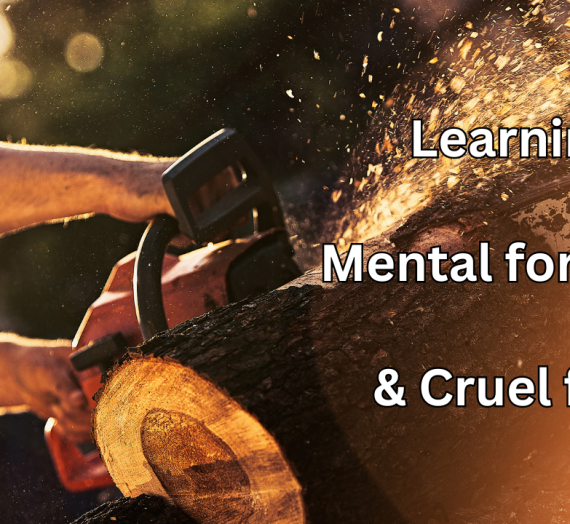Welcome to part two. If you enjoy this episode and find it helpful, check out part one.
When winter hits, we all know how important it is to stay warm. Being too cold can cause everything from wind burn to frostbite, hypothermia, or even death. The cold is especially dangerous to children and the elderly because they lose body heat faster than the average healthy adult. Here are five more things that your character can do to stay warm.
6) Wood stove, also known as cast iron stove
Wood stoves come in many shapes and sizes—round, oval, square, rectangular, etc. These are not the same thing as wood cook stoves, although many people, myself included, cook on top of wood stoves if there is a flat surface and enough room to hold a pot. As you likely guessed, they are made of cast iron.
Today, some people who can’t afford to buy them will make their own from a metal 55-gallon barrel. If you write post-apocalyptic, this would be one your character can make, and remember, they are not as thick as cast iron and tend to last five years or less. If your character finds one in bad shape (i.e., extremely rusted), it might only last a winter before getting holes.
Wood stoves essentially work the same as a fireplace, except your fire is contained within the stove. I’ve taught kids and adults alike to safely use fireplaces and wood stoves. I personally find most people learn faster with a wood stove. If I were to guess, I would say they feel better with an enclosed space to learn.
7) Small rooms are easier to heat
Less space means there is less air you need to heat up. Since heat travels up, the top of the room warms first. That means tall people’s heads are warm and feet are cold. Ok, it doesn’t really mean that. But it does mean the taller the room, the longer the time it will take for the warm air to make its way down to your character that I assume because of gravity has their feet on the ground. If your character is floating on the ceiling, then I guess they will be warm.
This is a fairly basic concept that even kids can grasp but may or may not be taught. If the person grew up with central heat and air, they likely would not think about this right away. It will likely need to be pointed out to them. However, if your character grew up using wood to heat, they will probably already know this.
This really comes down to one simple factor: if your character is likely to know this or not. Ask yourself: Have they had a reason they would have needed to warm up quickly without electricity? If you have ever been very cold and needed to warm up, this is one of those things that you are not likely to forget.
8) Boots
Boots, at least, should keep your feet warm and dry. Exceptions happen, but as a general rule, they should do those two things. This helps stop frostbite, athlete’s foot, trench foot, and more. If your foot gets injured in any of these ways, it can affect your walking, and that can lead to many other complications.
Native Americans used to make boots from leather or hide. They had a lot of ways to waterproof them, depending on the tribe and what region they were in. Some methods were tanning hides with animal fat, waxing them, and smoking the leather. In medieval times, they used pitch, wax, tar, and oils. Rubber boots first made their appearance in the early 1800s. However, there are so many different versions of who was the first to wear or invent them that I can’t tell who it was.
9) Root cellar
Ok, I know what you are thinking: root cellars are for storing food at a sustainable low temperature for the winter. While that is true, it is also why it made this list. The average ideal temperature of a root cellar is between 32 and 40 degrees Fahrenheit. While that is at or very close to freezing, if the temperature outside is much colder, it makes the root cellar warmer than outside.
When I was young, I remember walking into my first root cellar, at least the first time I remember one. It was early spring, and the shelves were mostly barren except for an odd jar of vegetables here and there. I could not understand why my elderly great-uncle showed it off so proudly. When I asked what was so special about it, he told me about the year his house burned down in the middle of winter. He and his family (which I believe he said was six children at the time) didn’t have anywhere to go, so they stayed in the root cellar for a few days as he and his older boys made the barn livable. It was bitterly cold that winter, and if it wasn’t for the root cellar, they would have all frozen in the winter storm.
Root cellars also keep you out of the wind and elements. Cold wind can suck the body’s heat out of you, and becoming wet causes you to lose heat and risks frostbite and hypothermia.
10) Throw Blanket
This somewhat goes with the idea that if you are cold, put on more clothes. Many people use throw blankets to keep their legs warm or wrap around themselves like a shawl. The Amish in our area keep blankets under the wagon seats to cut down on the cold breeze. They are used to warm up children and the elderly even inside the home. Today many people keep them around the house so they can keep the thermostat down and stay warm too.
Fun fact: Boots have been around for longer than most people think. There are cave paintings in Spain showing men and women wearing fur-lined boots.
What could possibly go wrong?
Likely to go wrong:
Someone who has not used a wood stove before will have no idea how to use a flue. There is a good chance they will not even know it is there. However, after learning about it, they might close it, causing smoke to back up into the house. There is also the other way which is to leave it fully open. Doing so sends most of your heat up the chimney.
Likely to go wrong:
It is possible to step in snow, water, or mud, and it goes over the top of the boot and into your character’s boot.
Possible to go wrong:
If your post-apocalyptic character doesn’t know about heating, they will likely try to warm a large room when heating a bathroom or closet would be better.
Possible to go wrong:
Under the same idea that they don’t understand small rooms are easier to heat and keep warm, they could build a house or other building with tall ceilings.
Possible to go wrong:
Wood stoves have the smoke go up the chimney, but once a year, the wind will blow just right and force the smoke down the chimney. We always called it being smoked out.
Unlikely to go wrong:
On occasion, root cellars, just like caves, can collapse.
Unlikely to go wrong:
Throw blankets sometimes get less attention paid to them than actual clothing. This means the corners could end up too close to the fire. The wagon wheel could pull it off.
Improbable but technically still in the realm of possibilities:
Someone throws cold water on a wood stove while it is red hot, and the stove explodes.
Improbable but technically still in the realm of possibilities:
The throw blanket wraps around your character and something else, like a wagon wheel, and it pulls your character in, causing a dangerous situation that could turn deadly.
Helpful Links to Find More:
How to Use a Woodstove:
Root Cellars 101:
https://www.almanac.com/content/root-cellars-types-and-storage-tips



